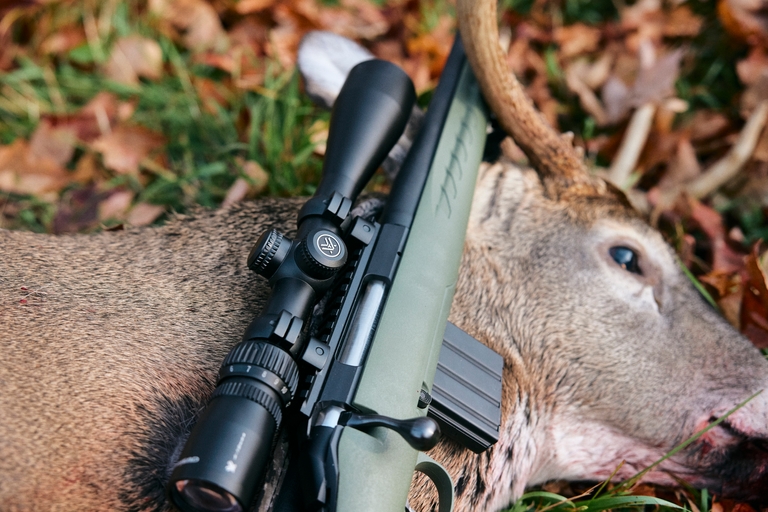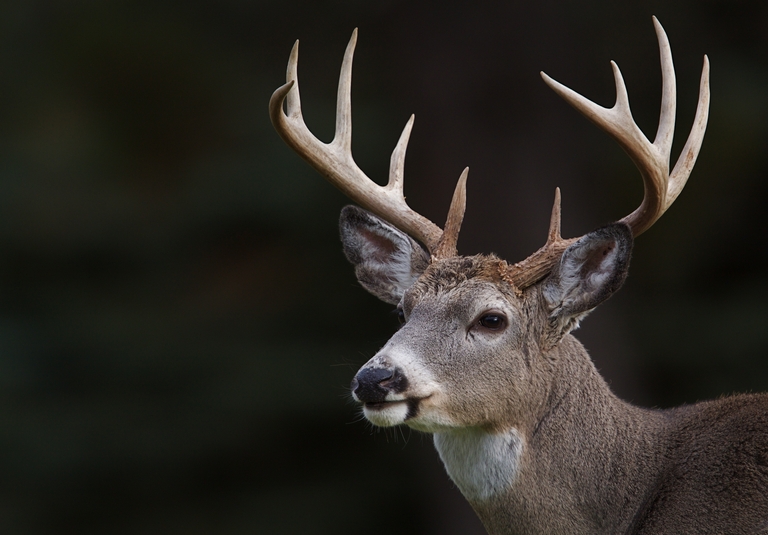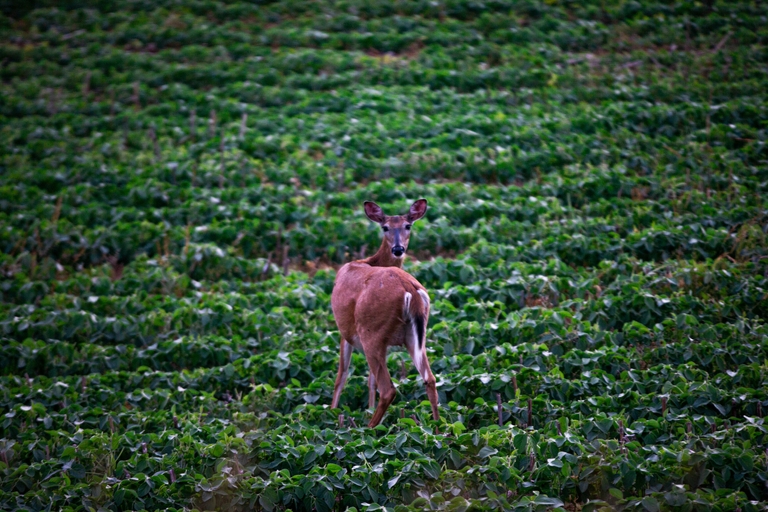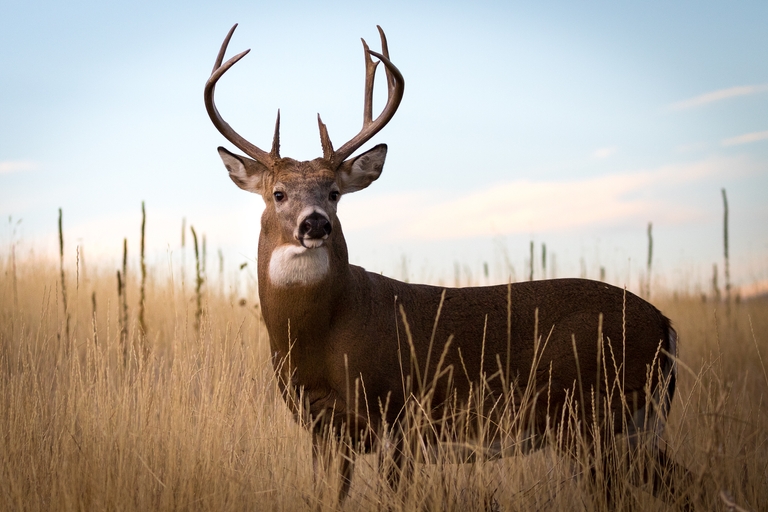4 Essential Rules of Firearm Safety for Hunters
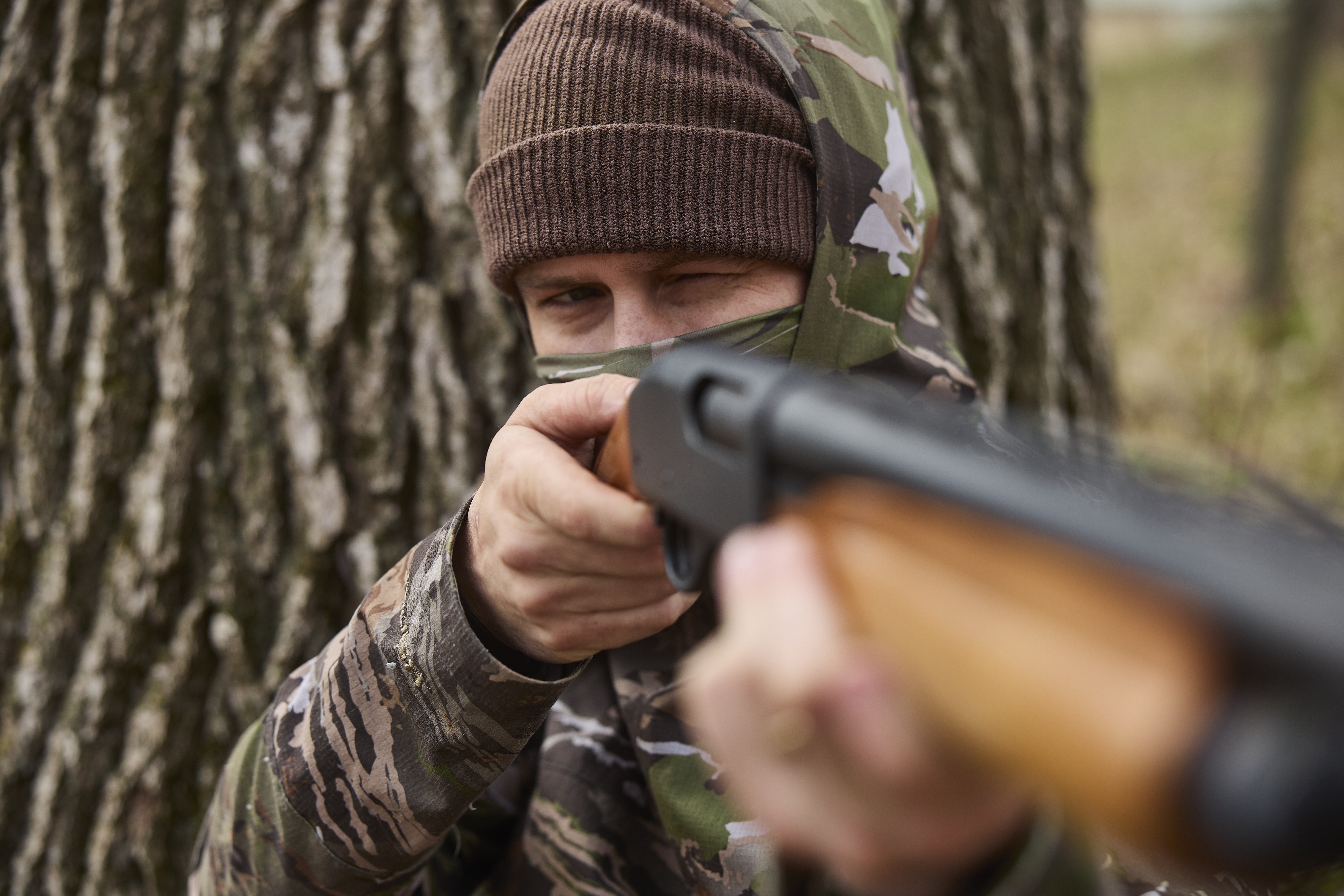
Before hunting season begins, it's a good time to brush up on your safety fundamentals – and if you're teaching a new hunter, doing this is extra important!
Staying safe while hunting is your top priority (second only to bringing home the duck, buck, gobbler, or coyote you have your eye on). So, every hunter should know four simple rules to keep themselves and their hunting partners safe.
Remember, these are firearm safety rules, not recommendations.
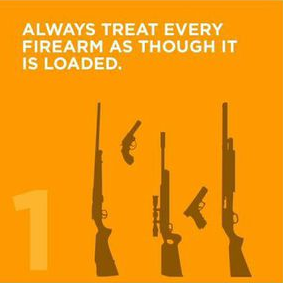
1. Treat Every Firearm as if It Is Loaded
Whenever you handle a firearm – even if you're pretty sure it's unloaded – open the action immediately and visually check the chamber, receiver, and magazine to be sure there is no ammunition inside.
Never assume that a firearm is not loaded.
A firearm should only be loaded when you are in the field or on the target range or shooting area. However, even if you're the only one who handled the firearm before and after your hunt to unload it, double-check that it's unloaded when you handle it again.
It is better to be safe by checking that the gun isn't loaded before putting it away or handing it to your hunting partner, risking the potential of mishandling a loaded weapon and causing an injury.

2. Always Keep the Muzzle Pointed in a Safe Direction
Don't point your gun at anything you don't intend to shoot, particularly other hunters.
A "safe direction" means no one is in or remotely near the line of fire. Also, don't forget the possibility of a ricochet or bullets taking an unexpected path. If you make it a habit always to know where your muzzle is pointing, you'll have taken a critical safety step in preventing injuries.
Remember also never to point your gun at a target unless you intend to shoot. Even if you're following Rule #1 (above) and never assuming a gun isn't loaded, pointing it at someone or something for "fun" or without realizing you're pointing it that way can lead to an accidental discharge at a target you don't want to hit if the gun wasn't truly unloaded.

3. Be Sure of Your Target and Aware of What Is Beyond
Rule #2 leads to Rule #3. Point only when you intend to shoot and only when your safe zone of fire is clear of other accidental targets
Remember: a .22 bullet can travel more than 1¼ miles, and .270 ammunition can move as far as 3½ miles. So, before every shot, know exactly where the bullet will strike and feel confident that you won't injure anyone or anything beyond your target.
Also, remember that in some cases, your target won't completely stop the bullet. In the case of a pass-through, the bullet may carry enough energy to travel well beyond your target. So, be absolutely sure there's nothing beyond your target, especially other animals or humans.
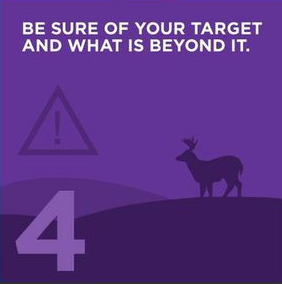
4. Keep Your Finger Outside of the Trigger Guard Until You Are Ready to Shoot
A responsible hunter won't touch a firearm's trigger until they intend to shoot. Keep your finger outside the trigger guard until it's time to shoot your target.
Also, don't trust your gun's "safety" to protect you or others!
Safeties are mechanical devices that can and will fail or slip from time to time. Keep the safety on until you are ready to fire, and only then put your finger on the trigger.
Imagine if you didn't check your firearm to make sure it's unloaded, you've pointed it in an unsafe direction, and you accidentally pulled the trigger. You or your hunting partner could end up with a serious injury.
Which Rule Do You Consider Most Important?
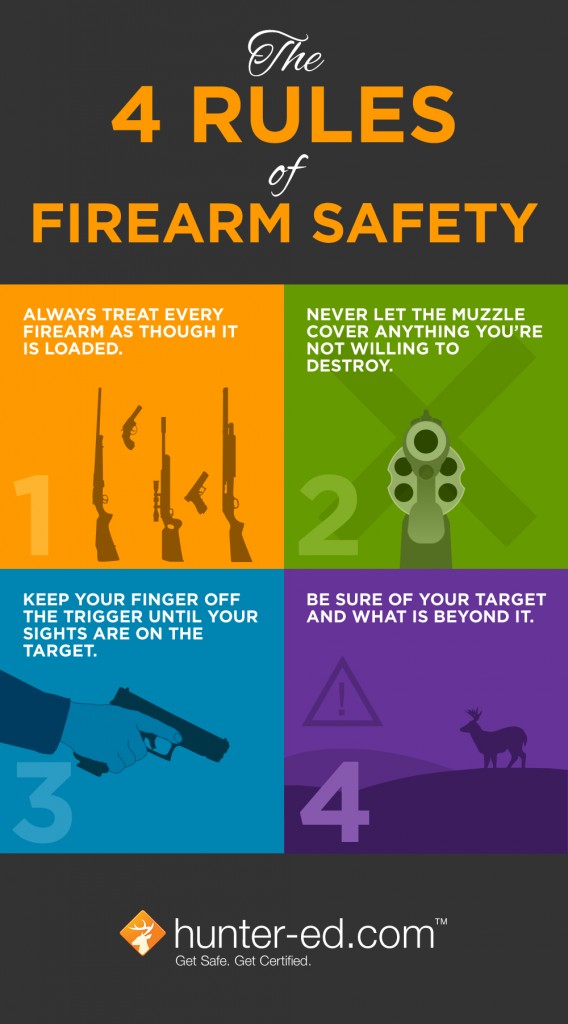
While all four rules are crucial for safe hunting experiences (every time), Rule #1 could be the most important. Making sure your weapon isn't loaded (and treating all guns as if they are loaded) until you are ready to enter the field and actively hunt and shoot can prevent potential accidents from pointing a gun the wrong way or accidentally squeezing the trigger at the wrong time.
"Everyone who handles a firearm needs to know the four rules of firearm safety, and particularly the first – always treat a firearm as if it is loaded. If you do this, you greatly prevent any chance of an accident or incident occurring," said Mark Cousins, hunter education instructor and police firearms instructor for 20 years.
Need help remembering these rules? Try the acronym T.A.B. + K:
- Treat every firearm as if it's loaded.
- Always point it in a safe direction.
- Be sure of your target.
- Keep your finger outside of the trigger guard.
If you remember these four simple rules, you're set for a great hunting season!
Hunt Safely With the Courses and Firearm Safety Rules Hunter-Ed Offers
Firearm safety is crucial – but it's only one aspect of staying safe when hunting your species of choice. Most states require hunters to pass an approved safety course before the season starts.
To learn more hunting basics covering everything from safe shooting to transporting firearms, staying safe in elevated stands, or how to hunt safely from a boat to get certified for your state? Find the right course for your state and get started! Our courses are online and easy to take at your own pace, so you're ready when the season begins.
Originally published September 24, 2014. Content updated February 19, 2024.

